Check out my new data analytics case study, covering my work with Over the Wall. I reviewed their analytics capabilities across the organisation and start rolling out automated insight using Power BI.


Check out my new data analytics case study, covering my work with Over the Wall. I reviewed their analytics capabilities across the organisation and start rolling out automated insight using Power BI.


Over The Wall is a UK based charity for children and young people with health challenges and disabilities to discover a world of mischief and magic.
We provide a safe place to step outside of comfort zones, establish friendships and build confidence through meaningful and exciting activities.
For much of 2023, I have been working closely with Over the Wall to help automate data reporting across the organisation. Our aim is to streamline the insights that can be achieved from highly diverse data sources, supporting better real-time decision making with greater consistency and trust.
The project has involved working collaboratively with teams and business functions across the organisation, primarily in operations and fundraising.
Work delivered includes:
Daniel has been a joy to work with.
He has taken a relatively vague brief and worked with our staff to create highly useable KPI dashboards that have enabled us to view performance in real time, become more analytical and make smarter tasking decisions.
This in turn has raised our productivity saving time/money on an ongoing basis.

Our project began with a full review of Over the Wall’s current data analytics capability.
Before launching into creating reports or analysis, it is essential to understand the context, needs, and aims of the organisation. Equally, we need to demonstrate what can be achieved with data analytics and how simple or challenging that might be. Concrete examples can greatly improve briefing for individual reports. Overall, getting insight from data is much more efficient when approached from a place of better shared understanding.
The capability review involved:
With engagement from the team, we were able to identify several issues and opportunities around data. We could also anticipate possible roadblocks or issues, both in terms of the tech and the organisational context.
In delivering the findings and recommendations, it was helpful to classify each into three broad areas that consistently emerged:
This helped to rationalise our evaluation to Over the Wall and made prioritising next steps clearer and easier.
Having interpreted the capability review and prioritised internally based on readiness and need, Over the Wall agreed to focus initial efforts on a suite of reports for camp operations. This would get us up and running with useful reports that would potentially save the team a lot of manual reporting effort, while serving as a template for rolling out automated Power BI reporting to other areas of the organisation.
With the assistance of Over the Wall’s operations team, I immersed myself deeply in the complicated data, systems, and processes around camper and volunteer recruitment. We followed a dynamic, iterative approach to refine requirements and steadily improve the reports to get them in a good state for the team.
We produced three distinct reports, primarily based on data from CampSite – a bespoke camp management CRM system – but also including data from other sources, such as internal KPI targets. The data pipeline was relatively complex and involved creating custom CampSite reports with paginated API calls to extract all the useful data into Power BI. Reports ranged from a simple one-page “camper lookup” to make key personal and health details more accessible internally, to a twelve-page deep dive of camper recruitment performance across different camp types and application stages.
Once Over the Wall were happy with the reports, we published “release” versions covering 2023 camper and volunteering recruitment to the Power BI Service, ready for sharing and active use. These then served as a basis for the subsequent 2024 suite of reports, which were developed in late 2023 once the new 2024 recruitment processes were opened.
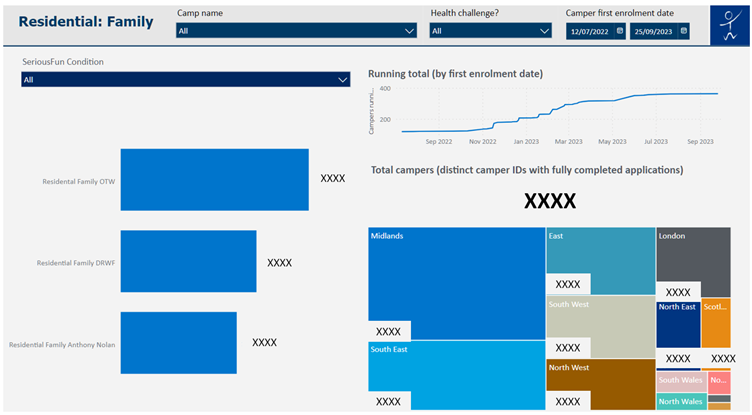
Once we reached a stable point with 2023 operations reporting, we picked up discussions with the fundraising and finance teams. Ultimately, we decided to focus on fundraising reports for our next phase, as the systems and requirements were at a more advanced stage to be able to proceed with pulling data into Power BI.
We made sure to capture a comprehensive set of requirements based on a briefing template I provided. I interrogated the brief and collaborated with the team over video calls and shared documents to ensure that I fully understood the meaning behind each request and how it mapped to data sources.
Once comfortable with most requirements, the next step for me was to produce a draft report. This achieved several requirements and showed Over the Wall the scope of what we could achieve in our data visualisations. The report combines rich fundraising data from the Donorfy CRM with camper data from CampSite, along with targets and category mappings held in separate Excel spreadsheets within Microsoft 365. Key features of the report include monthly performance vs. targets using an intuitive time period selector, yearly summary, performance by fund and campaign, and an opportunities explorer to help surface and categorise the most promising fundraising prospects.
Through the report creation process, Over the Wall identified several areas where the underlying Donorfy data could be cleaned, extended, or made more consistent. This will be undertaken by Over the Wall in early 2024, after which the report will be iteratively developed to make full use of the new, cleaner source data and satisfy the full insight brief.
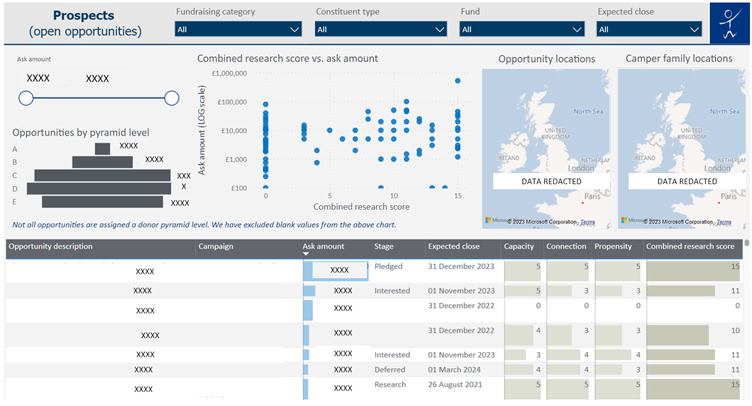
It’s crucial for clients to be confident enough to understand and interrogate reports to get the insight they need. Some ability to maintain and update reports is also useful, although this can be challenging for non-experts when it comes to a complicated platform like Power BI and its bespoke data pipelines.
With Over the Wall, we demonstrated several features at appropriate stages in the development process. These features included the two different Power BI environments, report navigation, filters, slicers, cross-highlighting, and drilling into underlying data. We produced a reporting walkthrough guide and ran a live training session with the operations team.
For fundraising, we also provided detailed technical handover notes on the report setup and data sources. This will help other users take over report development, updates, and maintenance in 2024.
We have produced a varied, useful set of automated reports for key Over the Wall business functions. In doing so, we assessed the organisation’s analytics capability and identified much of what they need to attain better insight in future. Through our Power BI report development, we also helped to highlight issues with existing data collection and underlying systems, which Over the Wall are now working to improve.
Teams are much more familiar with Power BI – and report automation in general – than they were previously: I strove to explain and document my work throughout, rather than simply providing “black box” report outputs. A crucial success factor for me is that individuals and teams are empowered to get more out of data themselves: I feel that Over the Wall, having already had a strong skill set across the team, are well along this path.
I believe we have laid some solid foundations for Over the Wall to develop and grow their data analytics insights long after my consultancy has ended. I sincerely hope these capabilities can help the organisation go from strength to strength in providing their wonderful service to children and young people with health challenges and disabilities.
You can find me on LinkedIn, or email me at [email protected]
(Please note I'm no longer freelancing, but keen to connect with others in the world of data for social impact!)

As the dark winter of 2023 draws in and I come to the end of 6+ years as a freelance data analyst focused on social impact, now is as good a time as any for some reflection.
I’ve compiled some thoughts and highlights from recent conversations I’ve had with students and others in the social impact sector.
Hopefully, my position as an independent consultant working with charities large and small on a range of data analysis projects adds perspective and value.
These days, everyone is obsessed with data but there is a big difference between a proper data-driven approach and collecting data for the sake of it.
In the non-profit sector, I’m aware of a lot of reporting back to different stakeholders (particularly to donors). It’s in the job description or organisational strategy. Data is collected to satisfy some fundraising obligation or regulatory requirements, often at great cost of time and effort. And it ends there.
A true data-driven approach is about people organically engaging with data and insight across the organisation, working to agreed measurement and evaluation frameworks. It is critical to take useful action or make optimisations to activities based on the observations. As I see it, that’s the only way to use data to inform decision making and improve organisational outcomes, i.e. to be “data-driven”. Of course, it’s easier said than done, but when it works it can have a huge impact.
Another background issue I often see is that data and insight is consigned to technical experts or highly performance-oriented functions like marketing or fundraising. For true impact, we need to embed the rigorous use of data with policy and programme delivery teams (as well as senior management and the board).
I think this is very much a work in progress across the sector, though I’ve seen encouraging signs in recent times. Different organisations will have their own host of challenges in this regard, not least with resourcing and technical expertise. One of my own major aims is to de-mystify data analytics and make it much more broadly accessible.

I think there is huge scope for data science and analytics to make even greater impact in the sector.
This has been my core mission for over 10 years now; things have been changing slowly. I would say the change is now accelerating. People are embracing data and tech more, even when they don’t have a lot of technical expertise themselves.
The two major, overarching opportunities right now I would say are:
The first opportunity is something that is happening slowly but steadily. I see much better data literacy in general compared with 5-10 years ago. Even when stakeholders have little data expertise, they tend to realise how crucial it is and are willing to learn more and outsource insight work as appropriate (whether externally or internally). I do still see a lot of daily struggle using and understanding data, which is a big barrier to useful insight that I hope we will soon overcome. “Data” is, essentially, just information.
Perhaps key to this is the second opportunity, the proliferation of AI and machine learning. As someone who began studying AI and Computer Science over 17 years ago(!) I’m slightly jaded by the hype around it all. However, I can see with the advent of generative AI and accessible, natural language interfaces and apps that a real step change is happening.
I think this is particularly good for tech and data analysis: so much time and energy is spent on just making things work – building, testing, QA – or producing highly repetitive reporting and dashboards.
I do believe that we will always need the human touch and cross-disciplinary understanding to review and refine work. However, AI can really shoulder some of that early to middle analysis workload, and help with automation and templates.
In terms of roles, there are a now many highly distinct disciplines in the sector, including:
We have now moved past the point where we can expect any one person to cover all bases (seriously, organisations of any decent size need adequately resourced, multidisciplinary data and analysis teams!)
In general though, I’d say a key facet of most data insight roles is to be a bridge between the technical detail or statistical nuance and the wider organisational context and objectives. People who can translate numbers, stats, or code into easily understandable findings and recommendations are worth their weight in gold.
I would also say that people who can simplify to the extreme (without dumbing things down) have a crucial role to play in widening the impact of data science in the social impact sector. So many organisations try to do too much. In the charity sector especially, the range of operations and systems in play can be staggering. Anecdotally, it seems the smaller the organisation the more complex and multidisciplinary their work often is. The inherent difficulty of all the data engineering and wrangling keeps it the reserve of technical specialists or expensive agencies.
A focus on getting solid basics in place – that are understandable and repeatable – would be very wise for most non-profit organisations.

There are so many tools and platforms out there now, it’s scary (with new ones every day – this will only accelerate with generative AI).
My general outlook is to be agnostic to any specific tool or technology. When you focus on how these systems fundamentally work (a bit of software engineering knowledge really helps here), you start to see all the similarities between tools and understand that many of them are just variations of the same thing. It also helps you to pick up new tools with ease, which is simply essential for the modern data scientist. The best analysts and data scientists can use whichever tools or techniques would suit the problem at hand.
That said, of course there are some very common tools which are standing the test of time and practitioners like myself often turn to. Here’s a basic shortlist of (perhaps unsurprising) tools to engage with:
When it comes to techniques, staples for me have been regression analysis and applying significance testing to randomised controlled tests. This will vary hugely depending on your expertise and the business context you work in. The above techniques are not super advanced, but applicable to a wide range of descriptive and predictive analytics.
And again, to reiterate the point about getting the basics right: just following a rigorous analysis process (validating the data at every turn, using appropriate comparisons and distributions, thinking through questions and context, avoiding taking results at face value) will get you very far.
Everyone will have their own path and I think it’s really important to encourage diversity in the sector. A technical background or direct training in data science or stats will help, but to be honest in the world of data I have seen people with a hugely diverse range of backgrounds (technical and non-technical) be successful. You could produce the best, most accurate analysis in the world, or the prettiest report, but if you don’t appreciate the context or are unable to communicate to the people that matter, it’s a bit of a failure.
I would suggest to any budding data scientists or analysts to follow your own interests and what you enjoy, while being able to make positive impact.
Remember also that data can be qualitative or quantitative, and these days there is a big focus on combining the two: something I’m personally very passionate about. This perhaps opens up data analytics and insight to a large cohort of people who wouldn’t have traditionally considered themselves to be “good with numbers”. (Oh, and by the way: quantitative data analysis is about patterns, not numbers!)
There are also countless great online resources for learning all about data science – many of them free. You just need to commit and put the quality time in. Personally, I find that EdX and Coursera have many brilliant courses in data (as well as the social sciences).

My first point would be: just go for it!
Whether you are just starting out or making a later career change, get stuck in with real problems, datasets, and tools. Find what makes you tick. There are so many areas even within the data science/analytics niche that, regardless of your skill set or interests, you are likely to be able to make a good contribution.
The “data” field is now so broad that I would recommend focusing on one core discipline at first – e.g. data visualisation, data science, data engineering, predictive analytics – and becoming expert in that.
Having real examples of how you have put your skills into action – and what impact they had on a project or organisation – is also invaluable.
The beauty of modern times is that there is already a lot of social impact data out there to work with, for example the World Bank Open Data, data.world, Kaggle, or even data published by public bodies like the UK government.
Always aim to be be collaborative, open, inquisitive, and engage teams on their own terms.
It’s really tempting to jump straight into a solution or nice looking report, but it’s so important to understand the needs of the team, organisation, and sector first. Then you can be much more focused and effective in your work. Patience and persistence really are key to both data science/analytics and working in the non-profit world.
Data science has huge potential to make a significant impact in the social sector. By using data to inform decision-making and improve outcomes, we can help create a better world for everyone.
Peace.

Check out my new analytics case study, with highlights from almost three years working with the charity Tommy’s.

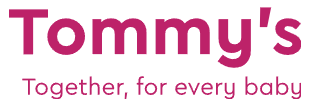
Tommy’s is a charity organisation committed to saving babies’ lives. We fund pioneering research and support families through every part of the pregnancy journey.
Tommy’s has been a core analytics client of mine since 2020. Like most large non-profits, they have a wide range of digital products supporting diverse activities. With one of the UK’s most visited charity websites – tens of thousands of daily visitors to the main site alone – there is a wealth of data to organise and make sense of.
Working closely together, we have delivered reliable data analytics leading to actionable insight. This spanned the launch of a new website in 2020 through to ongoing monitoring, evaluation, and optimisation of Tommy’s activities. Our work together has covered several high-profile websites, apps, campaigns, and digital channels. I have brought a wide range of skills and knowledge to these projects, while constantly learning and adapting to support the highest quality results.
Work delivered includes:
Daniel has been invaluable in helping us to translate often complex and confusing data into meaningful insights and opportunities, in order to continually improve our websites and apps.
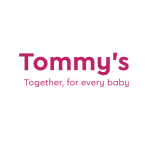
We have carried out several pieces of “deep-dive” analysis across Tommy’s website: detailed data analysis looking at many aspects of web content and user conversion. I am always keen for analysis to present opportunities for improvement, which could relate to UX, content, or communications driving traffic to the site.
Our deep-dive analysis work has accelerated in recent times, feeding directly into Tommy’s strategic web development roadmap. It also provides a sound basis of quantitative insight – and inspiration! - for our CRO programme.
We have helped to evaluate the overall performance of Tommy’s website, focusing on traffic profiles, user journeys, and a range of key outcomes across the site. As well as this broad analysis, we have delivered granular insight into specific areas, like the donation process and Tommy’s popular pregnancy tools.
Most recently, we analysed the performance of Tommy’s new Miscarriage Support Tool in depth. The Miscarriage Support Tool uses an algorithm developed by the University of Warwick and is based on data collected from Tommy’s National Centre for Miscarriage Research. Our insights fed directly into development improvements and enhanced recruitment for user research, receiving positive feedback from within Tommy’s.
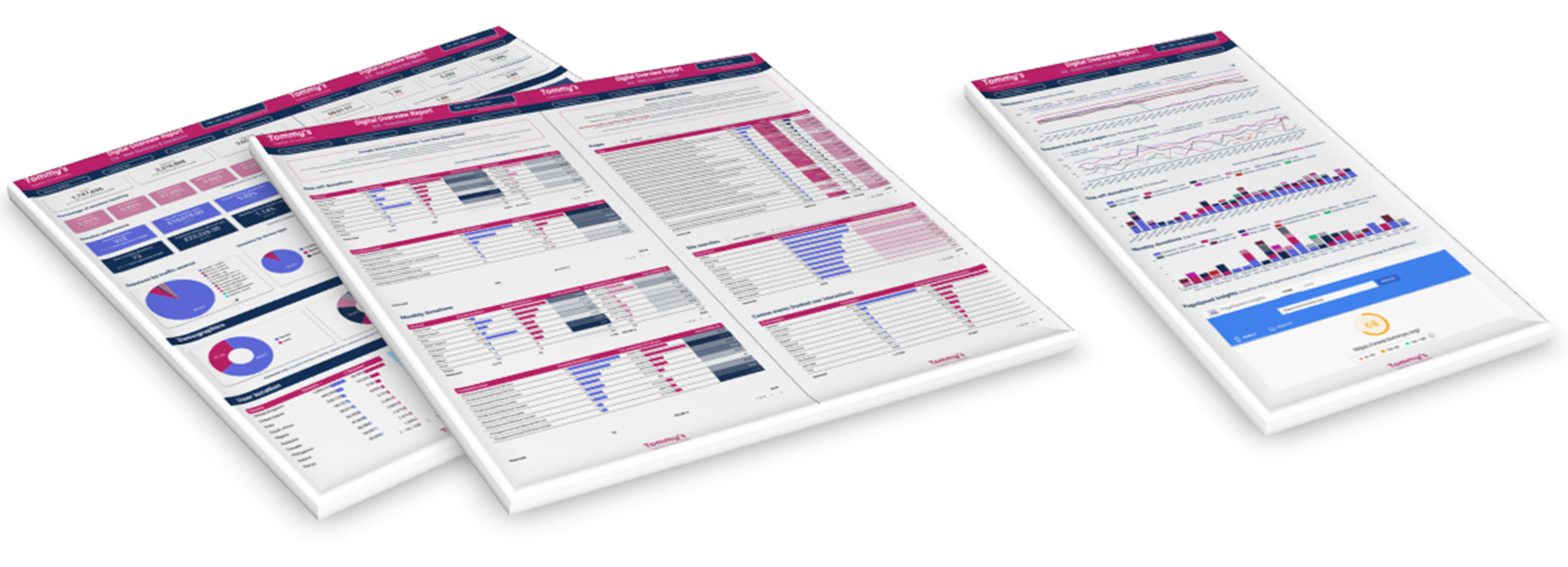
A core specialism throughout my career has been conversion rate optimisation (CRO). Through structured AB or multivariate tests – randomised control trials - we can get true “cause and effect” insight on website changes.
I have brought years of successful CRO experience to Tommy’s, helping them to:
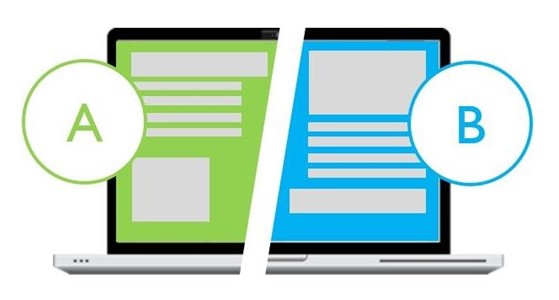
We gained momentum in our CRO programme across 2021-22. Our first major test was a success: we trialled two popup variants on Pregnancy Hub pages, asking users to sign up to pregnancy support emails. We had to ensure that the popup was not shown at inappropriate times, such as on pages relating to baby loss. We also did not want to damage the overall user experience and cause abandonment from the site.
The test resulted in a clear winning popup variant, with over four times the email signup conversion of the control (gaining hundreds of extra signups over the test period). We also increased the marketing opt-in rates from completed signups, and improved overall website engagement rates, making this test a resounding success for positive uplift.
Next, we focused heavily on optimising the website donation process. We carried out several tests, starting with introducing an inline donation widget to high-traffic pages then moving on to testing donation popups across different site sections. We also completed iterative rounds of testing on the donation form prompts, aiming to find optimal values and understand the behavioural economics underpinning donor choices.
Our tests so far have been extremely useful. They have either given us direct conversion uplift or helped increase our understanding of user behaviour and guide development priorities.
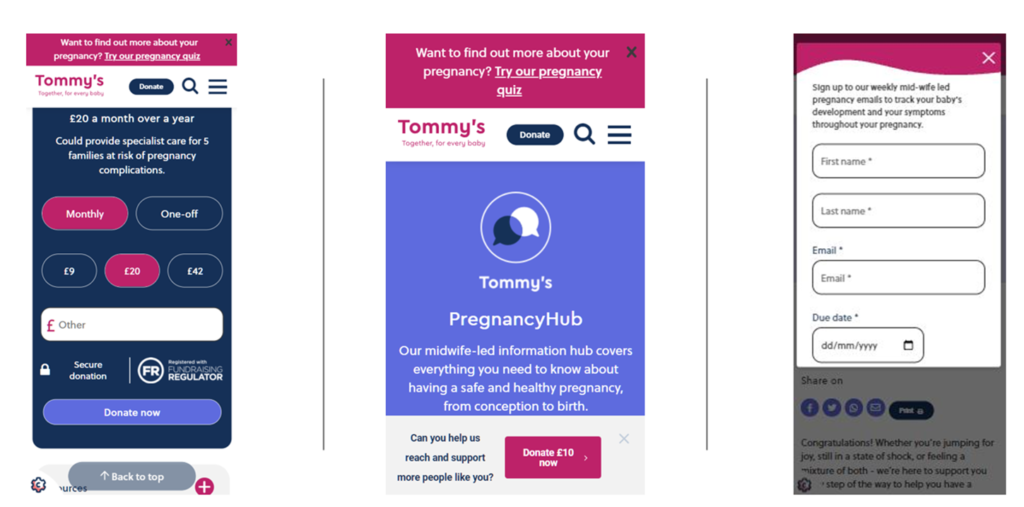
All data analytics needs a good implementation at its heart. This is particularly true for Tommy’s: several websites, apps, and platforms generate a huge continuous stream of visits, interactions, and conversions.
I was fortunate to come on board several months before the launch of Tommy’s new website in 2020. This enabled us to think through solutions, map out what we wanted to track (and why), and work closely with web developers. I advocated a clean, modular, consistent approach using the Google suite of products. Central to this was using Google Tag Manager (GTM) to help us deploy analytics and marketing tags with relative ease. I proposed a custom data layer for rich information capture – for areas like donation transactions and marketing opt-ins - briefing developers and providing thorough feedback to achieve this. We also integrated Google Optimize across the main website for CRO experiments and personalisations.
Initially, I set up a comprehensive Google Universal Analytics (UA) solution for Tommy’s main website via GTM. We have since extended the solution to several microsites and a mobile app, My Prem Baby. In 2022, we completed a complex rollout of the new Google Analytics 4 (GA4). I created a comprehensive GTM/GA4 solution design, which doubles as a handy reporting reference. I have also facilitated the setup of other tools, such as Wisepops to help us AB test website popups.
I am stepping back from hands-on implementation but have left solid foundations and practices in place for the future. From the beginning, I strove to explain to Tommy’s what we were doing and why, so that the solution did not become a “black box”. In reporting and analysis, I clearly outline caveats and limitations with the data, which ultimately aids understanding and insight. I have demonstrated various tools and technical concepts to Tommy’s and their consultants over the course of our work, to ease the handover of the analytics setup.

I am continuing to work closely with Tommy’s, with renewed focus on insight and optimisation.
My strategic aim is to use organisations’ existing data and capabilities to their fullest potential. Working with Tommy’s and their developers, we hope to roll out many more CRO tests and website enhancements in 2023.
Our overarching objectives are to improve the user experience and support good outcomes for those who use Tommy’s services and content. Positive social impact is what drives me as an analytics specialist working with non-profits; I’m pleased to be a part of achieving this through Tommy’s crucial work.
If you'd like to discuss how I can help your charity with data analytics, you can find me on LinkedIn, or email me at [email protected]